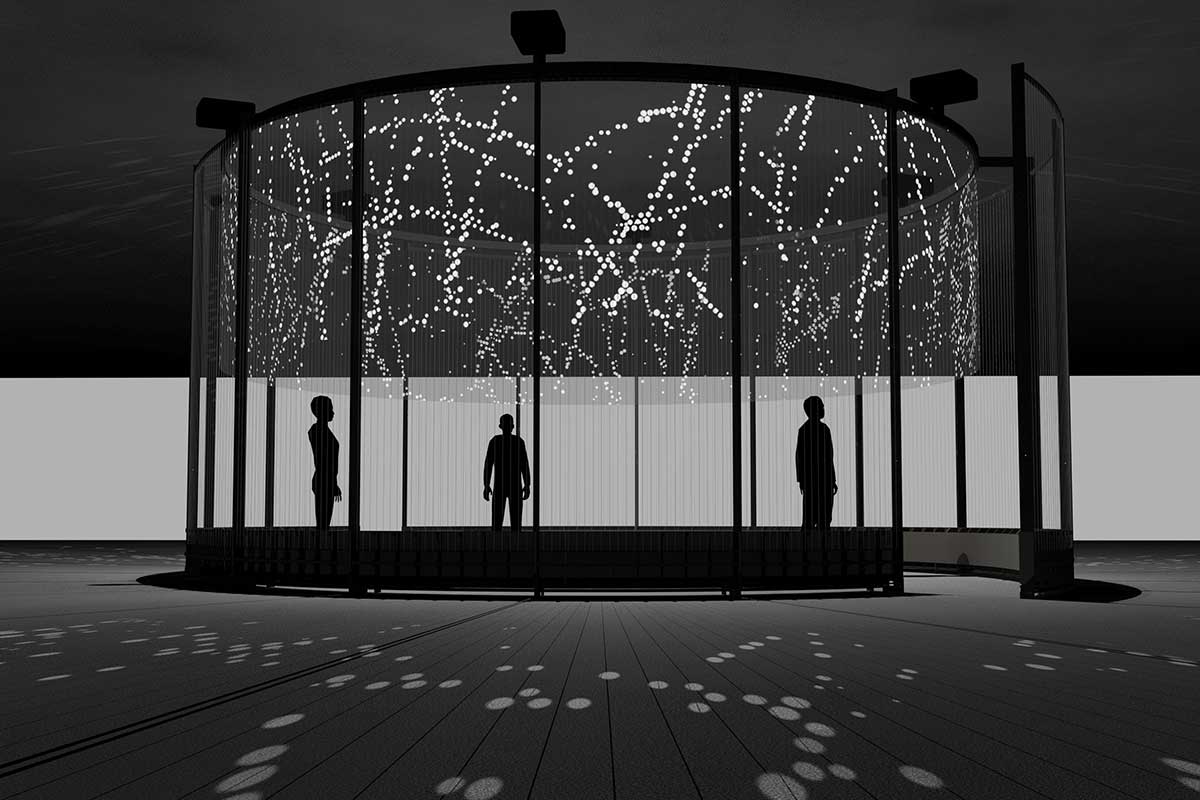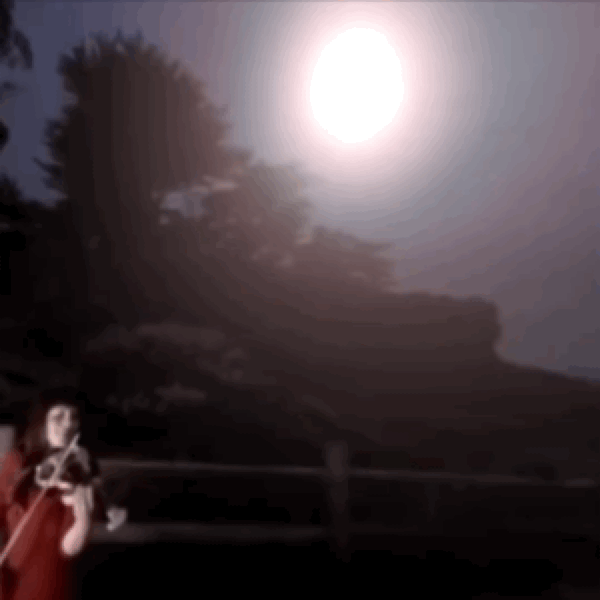“Instead of combusting, O’Reilly embarked on the D-monologues, which is made up of lots of conversations with disabled people. “I don’t take people’s stories, it feels too much like theft,” O’Reilly explains. “Instead I took people’s hopes, fears, thoughts, lived experiences, and used them to inform a fictional monologue. There are lots of different opinions: some people say ‘I’m not disabled, I don’t want to be called disabled’ because they may have a very different perspective from someone like me. […]
Music can lift layers of confusion, dancers’ brains react more quickly to it than professional musicians, and empaths process it differently
“Turns out that ASMR is pretty special. According to a recently published study in The Journal of Prevention of Alzheimer’s Disease (catchy name!), the part of your brain responsible for ASMR doesn’t get lost to Alzheimer’s. Alzheimer’s tends to put people into layers of confusion, and the study confirms that music can sometimes actually lift people out of the Alzheimer’s haze and bring them back to (at least a semblance of) normality… if only for a short while. ASMR is powerful stuff!”
Artist duo Semiconductor makes the invisible visible, Justyna Kopania stops time in her textured paintings, and photographer Dylan Hausthor tells a story questioning manic visual memory
“You have expressed an interest in capturing ‘the quick passage of time.’ How do you evoke this concept in your paintings?
Time…Man is looking at time constantly. He looks at the clock, he lives from hour to hour. It scares me. That’s why I try to capture time in my paintings. Stop time, a snippet of a second. I’m painting fast, I’m racing against time. A surreal challenge.
The concept of time irritates me. Man was born and has only a certain amount of time. That is life, unfortunately. This is reality. I have a big imagination. Sometimes I think it’s too big. I sometimes stop the time in my imagination. And I feel totally free, like I was the ocean. And this feeling I paint on the canvas.”
Doritos flavoring fools your senses into thinking they’re nutritious, rhythm perception may help stuttering, and cake icing videos to rest your mind
“We think we experience the aroma of food when we smell it, but it’s actually a bit more complex than that. When you bite into the food, the aroma goes into the back of your throat and through a small hole up into your nose. This is called retronasal olfaction, and is actually a more powerful form of smelling than normal smelling. This is what allows you to experience the richness and nuance of food.
Brain scans reveal the experience of flavor takes up more gray matter than any other sensory experience. Additionally, the largest portion of the human genome involves the creation of your nose. So, from an evolutionary perspective, this chemical-sensing ability appears to be particularly important.”
A.I. hears music in your head, businesses use music to affect tasting experience, and the brain processes sight and sound the same
“Music menus: Restaurants that are putting more emphasis on their soundtracks—aiming to create the right mood rather than just muffling the conversations of diners and other background noise—include renowned Los Angeles restaurant Vespertine, where a series of seven tracks is heard before, during and after the multicourse meal.
“Music, for sure, is arguably the most important part of my creative process,” says chef Jordan Kahn.
Music is hard to miss at Vespertine, where the $250 tasting menu is currently 19 courses. Kahn says he aims “to use sound to enhance and augment the dining experience, not to distract the guest.””
Illustrating environmental interaction, floral foam is the new slime, and a dog’s nose is 100,000 times more sensitive than a human’s
“The people in my illustrations are almost caricatures that presume and hint at deeper stories,” says Nathan. “I write a little so I naturally seek narratives even in non-sequential images.” The characters in Noise Complaint for example, span the human demographic, with a couple fighting next to their young child, boys playing loudly in a rock-band, two women doing DIY and someone putting out a fire — the characters are thoroughly human, relatable and despite Nathan’s high level of illustrative detail, leave space for the viewers own storytelling and interpretation.”






